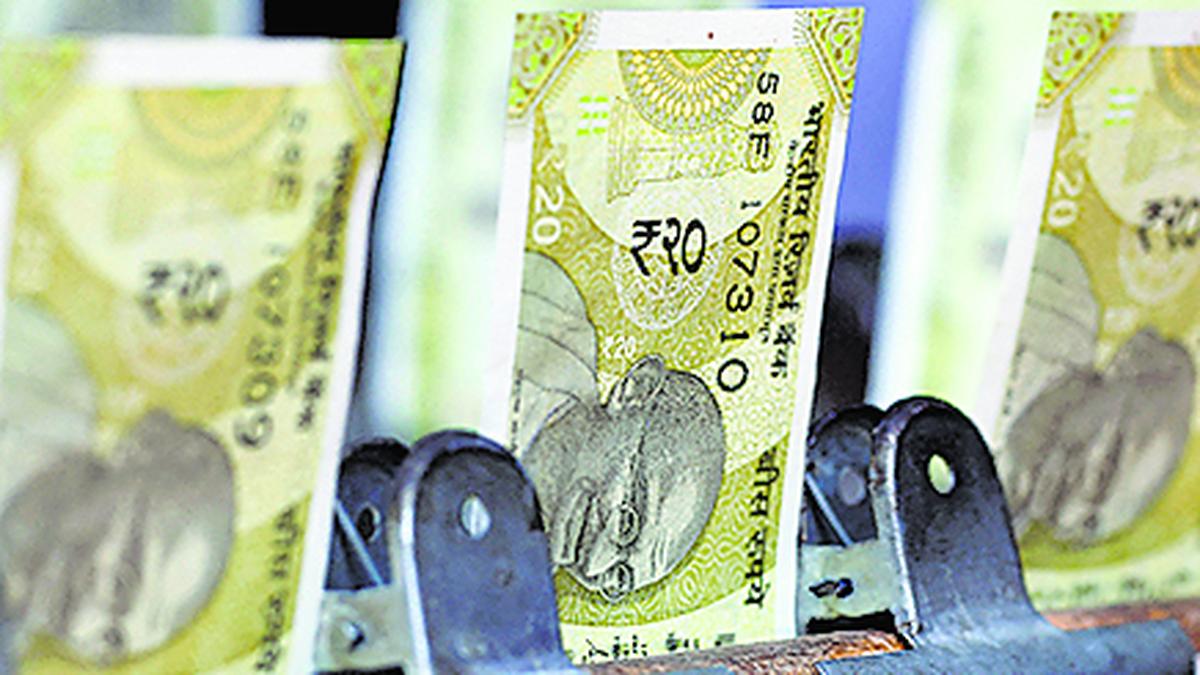
Rupee closes 1 paisa higher at 83.72 against U.S. dollar
The Hindu
Forex traders weigh on rupee as oil prices surge, dollar demand persists despite positive domestic equities.
The rupee consolidated in a narrow range and settled for the day higher by 1 paisa at 83.72 (provisional) against the U.S. dollar on Wednesday, as the support from positive domestic equities was negated by month-end Dollar demand from importers.
Forex traders said significant foreign fund outflows and overnight surge in crude oil prices weighed on the local unit.
At the interbank foreign exchange market, the domestic currency opened 1 paisa higher than the previous day's close.
It slipped to 83.75 during the day and settled for the day 1 paisa higher at 83.72 (provisional) against U.S. dollar.
On Tuesday, the rupee closed flat at 83.73 against the American currency.
"We expect the rupee to trade with a slight negative bias on month-end dollar demand from importers and oil marketing companies (OMCs). However, a positive tone in the domestic markets and weak US dollar may support the rupee at lower levels," Anuj Choudhary, Research Analyst at Sharekhan by BNP Paribas, said.
Any fresh intervention by the Reserve Bank of India (RBI) may also support the rupee, he said.

The Union Budget unveiled on February 1, 2025, has come at a time of unprecedented global uncertainty and a flagging domestic economy. The real GDP growth is estimated at 6.4% for 2024-25 and between 6.3-6.8% for 2025-26, a far cry from >8 percent growth required annually to make India a developed nation by 2047. While much attention has been devoted to the demand stimulus through income tax cuts, not enough is said about the proposed reforms in urban development, tariff rationalisation, and regulatory simplification aimed at making Indian cities and corporates more competitive. Since the majority of economic activity is located in cities (urban areas account for ~55% of GDP) and produced by large corporates (~40% of the national output and 55% of India’s exports), the above-mentioned reforms have a pivotal role in improving India’s trend growth rate. Below we unpack each reform.












